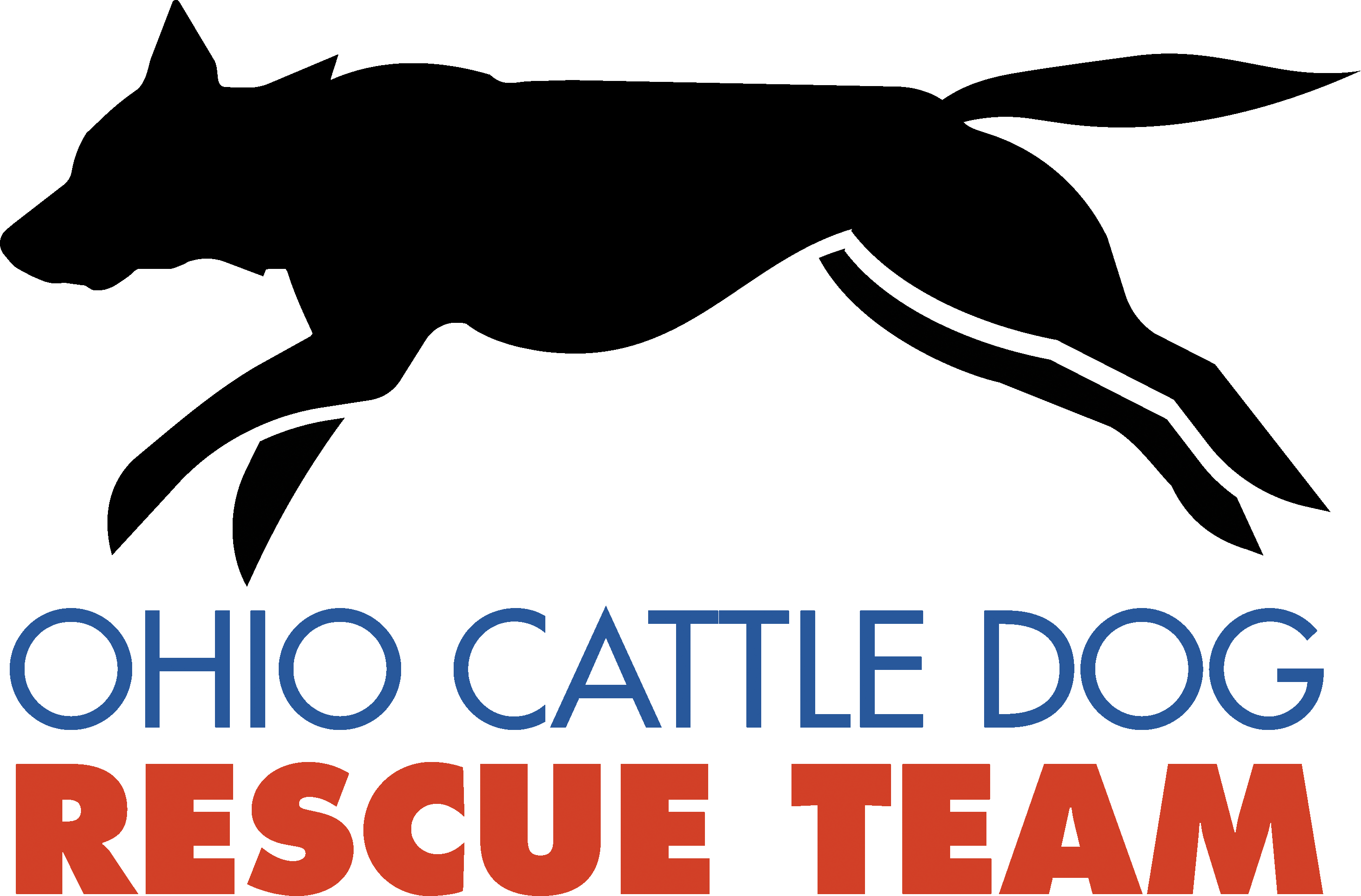

A-Z of ACDs
About the Breed
The strong and muscular ACD, also called a Blue Heeler or Queensland Heeler, is related to an Aussie wild dog called the Dingo (the same type of dog that Meryl Streep accused of stealing her baby in the movie “A Cry in the Dark”). The addition of the Scottish Highland Collie and the Dalmatian helped to create a faithful, hardworking, independent (and, yes, baby-friendly) breed. They’re often seen with an alert expression, anticipating the next job their owner asks them to complete. The breed is born with a white coat that turns gray with black speckles or red-brown with white speckles.
This breed can thank its sturdy build and strong work ethic to one George Elliot who, in the 1800s, bred Dingoes with Collies and sold the puppies to farmers. The result was a dog that was so, so close to being the quintessential herding dog. True perfection came later when two brothers, Jack and Harry Bagust, bred Dalmatians with some of Elliott’s ACDs. The Dalmatian’s faithfulness and love of horses mixed with the original breed’s working ability (which was also reinforced by the addition of a sheepdog into the line) was just the right combination to produce the loyal, committed ACD we know today.
Often kept to work on farms, ACDs are hardworking herding dogs that excel at hunting and chasing, whether on a ranch, during a run or hike with their owners, or in the agility ring. They’re faithful to their owners and are extremely intelligent. But like a child studying in a class too easy for him, if an ACD isn’t challenged, he easily becomes bored and gets into mischief. That’s why it’s recommended that ACD owners participate in dog sports or make their ACD a running companion so that he stays mentally and physically satisfied.
Before You Decide to Adopt an ACD
Australian Cattle Dogs are a herding breed. They were bred to drive cattle all day in harsh conditions, and to make decisions on their own. This means they are very active most of the day physically and mentally. It is the rare ACD that doesn’t need something to do all day; they do exist, but most often those are the ACDs who keep their homes and don’t find themselves in a shelter. If they do not have an outlet for their physical and mental activity, such as another compatible active dog or being allowed to participate in their human’s activities, they can become barkers, destructive, over-protective, or will wander off. ACDs can escape a 6′ fence with ease if they wish, either by climbing or jumping. Invisible fencing will not stop an ACD on a mission either, nor will it stop strange dogs/animals/people from wandering onto your property, causing your ACD to defend their property and possibly hurting someone or your injuring itself. Raised properly, they can be great with your children; however, this does not mean they will be great with your child’s friends. If the children start to wrestle, chase, etc ,the ACD may see this play as ‘their’ child being in danger and it will trigger them to protect. They will also herd kids just like they were bred to herd livestock so it’s very important any interaction is monitored and channeled into proper behavior. Herding any human is strictly off limits and not to be encouraged. Supervision is always a must between children and dogs. Baby gates and crates are a great way to keep harmony in the home when babies/toddlers are around and, as the children grow, they need to be taught to interact properly with the animals in the home. Some can become aggressive/rude/bullying towards other dogs and will rarely back down from a fight if provoked. This is true of both sexes. It is paramount that an ACD is socialized continually for its entire lifetime. Even an adult ACD can be socialized properly to help them relearn proper social skills. We modify this behavior in nearly all the ACDs that come into OCDRT. As your companion, they absolutely must have basic obedience, and know you are not to be challenged. If they feel you are not in control they will take over the household, determining who can come and go, who can move, what they can be told to do, etc. They do not take to rough handling, and the corrections need to match the improper behavior. ACDs will usually bend over backward for their “human” when worked with positive reinforcement and proper corrections.
Caring for a Cattle Dog
ACDs are smart, quick learners, that excel in obedience, agility, flyball, dock diving, disc, search and rescue and herding trials. ACDs will push you to learn new ways of training and reading your companion. Their “wash and wear” coats need little maintenance. A brushing twice a week and tick or flea checks daily are about it. They are the right size for traveling, and will protect your vehicle and belongings without hesitation. They bond well with the family but usually will pick out their special “human”. They expect honesty and fairness from you and will demand it. In the right home they are a wonderful, lifelong companion.



